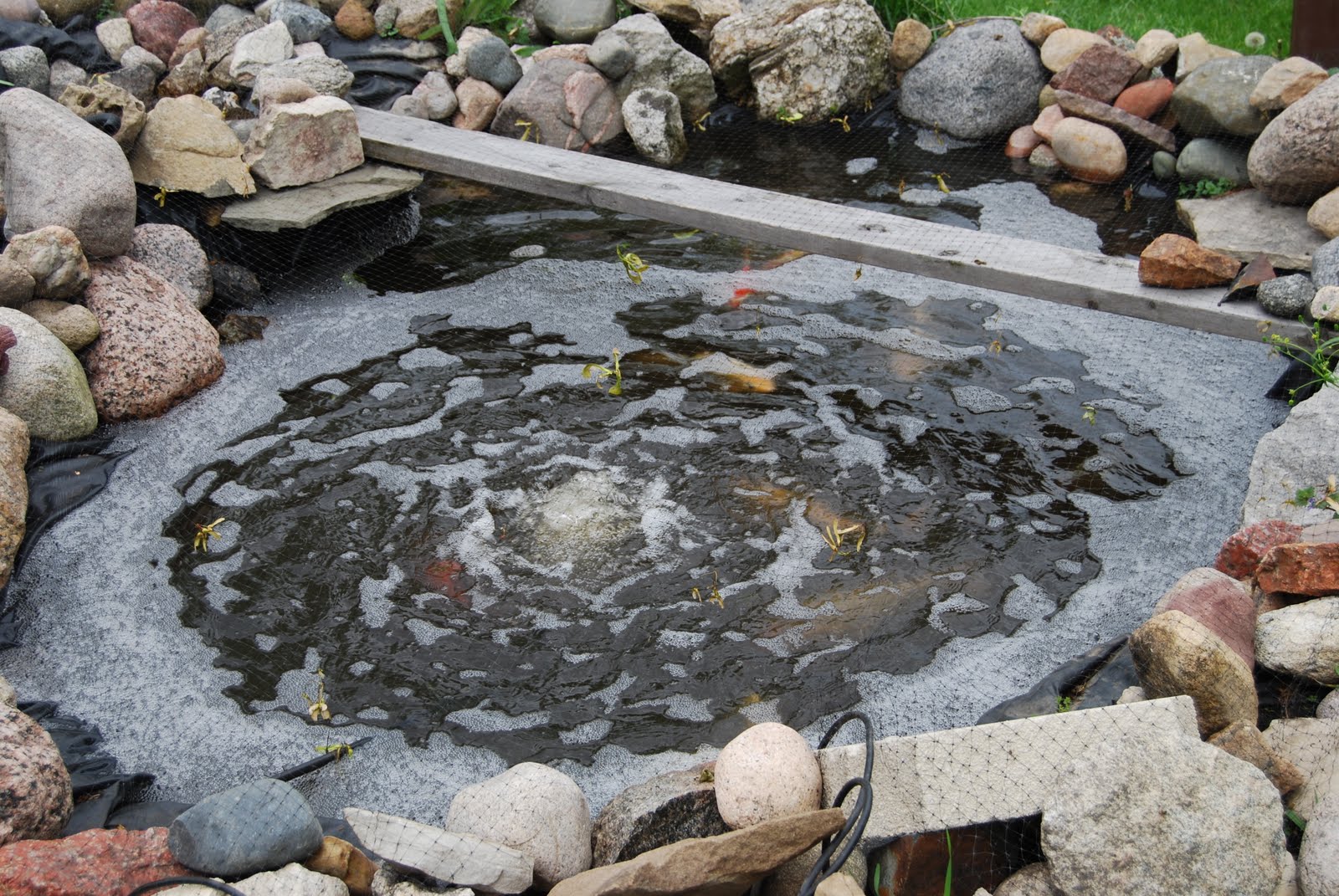
The Ultimate Guide on How to Measure Oxygen Levels in Your Koi Pond
Introduction
If you have a koi pond, then you know how important it is to maintain the right balance of oxygen in the water. Without enough oxygen, your koi fish can become stressed, sick, and even die. Therefore, monitoring oxygen levels in your pond is imperative to ensure the health of your fish. In this article, we will discuss the different ways to measure oxygen levels in your koi pond and how you can maintain the right balance.
Why is Oxygen Important in a Koi Pond?
Oxygen is essential for the health of your koi fish. Without it, they cannot survive. Oxygen helps your koi fish breathe, regulate their metabolism, and maintain healthy immune systems. A lack of oxygen in the pond can cause your koi to become lethargic, eat less, and be more susceptible to disease.
How to Measure Oxygen Levels in Your Koi Pond
Use a Dissolved Oxygen Meter
One of the most accurate ways to measure dissolved oxygen levels in a koi pond is by using a dissolved oxygen meter. A dissolved oxygen meter is a handheld device that measures dissolved oxygen levels in water. This method requires a bit of investment, but it provides the most accurate readings for measuring oxygen in your koi pond.

Use a Test Kit
Another way to measure oxygen levels in your koi pond is by using a test kit. A test kit is a more affordable way to measure oxygen levels than a dissolved oxygen meter. They work by measuring the oxygen saturation levels in water. To use a test kit, fill a test tube with pond water, add the reagent, and compare the color of the mixture to a color chart. This will give you an estimate of the oxygen levels in your koi pond.
Observe Your Koi Fish
You can also observe your koi fish to gauge the oxygen levels in your pond. If your koi are gasping for air at the surface of the pond, it may be an indication that oxygen levels are low. Additionally, if your koi are swimming sluggishly, it could also be a sign of low oxygen levels. This method is not as accurate as using test kits or dissolved oxygen meters, but it can give you a general idea of the oxygen levels in your pond.
Maintaining Oxygen Levels in Your Koi Pond
Add Aerator or Air Pump
One of the best ways to maintain oxygen levels in your koi pond is by adding an aerator or air pump. These devices work by pumping air into the pond, which increases oxygen levels and improves water circulation. By adding an aerator or air pump, you can ensure that oxygen levels in your koi pond remain at optimal levels.

Remove Debris and Algae
Another way to maintain oxygen levels in your koi pond is by regularly removing debris and algae. Debris and algae consume valuable oxygen in the water and can cause oxygen levels to drop. By removing debris and algae, you can increase oxygen levels in your koi pond and improve the overall health of your fish.

Control Feeding
Overfeeding your koi fish can also lead to a decrease in oxygen levels. Feeding koi fish too much produces excess waste, which consumes oxygen in the water. By controlling your koi fish’s feeding, you can prevent excess waste buildup and maintain optimal oxygen levels in your koi pond.
Conclusion
Measuring and maintaining oxygen levels in your koi pond is crucial to the health of your fish. By using a dissolved oxygen meter, test kit, or observing your koi fish, you can determine the oxygen levels in your koi pond. Maintaining oxygen levels can be done by adding an aerator or air pump, removing debris and algae, and controlling feeding. By following these tips, you can ensure that your koi fish remain healthy and thrive in their pond.